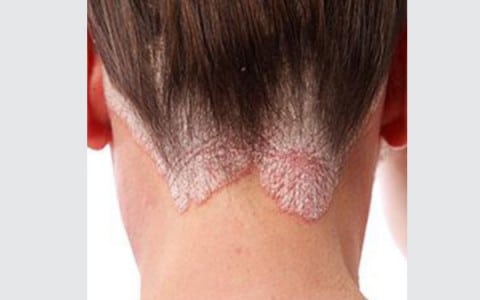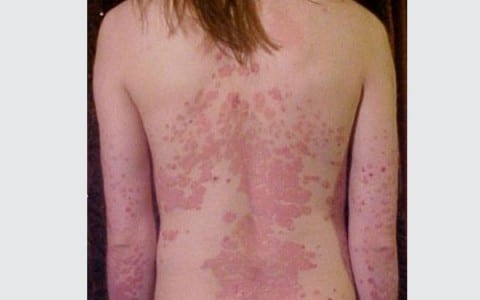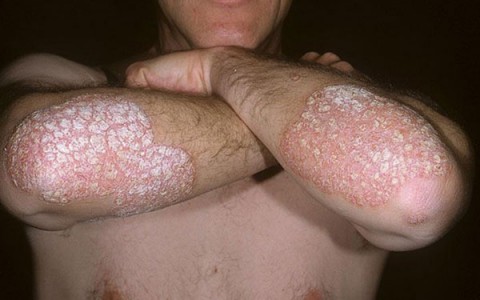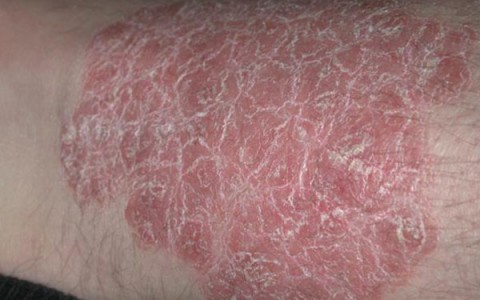Research shows that the person’s immune system plays an important role. It seems that the immune system mistakenly activates a type of white blood cell called a T cell. Once activated, the T cells trigger a reaction, causing the skin cells to grow too quickly. New skin cells form in days rather than weeks. The body does not shed these skin cells, so the cells pile up on the surface of the skin. The result is psoriasis.
Despite its appearance, it is not contagious. People who get it tend to have a blood relative who has it, indicating that to get it, a person must have it in the genes. Scientists have learned that not everyone inherits it. For psoriasis to appear, it seems that a person must inherit the right mix of genes and be exposed to a trigger.
Common triggers include stress, strep throat, and cold weather. The condition may aggravate during the winter or at a particularly stressful time. A scratch or bad sunburn may trigger it as well. In some cases, psoriasis flares about 10 to 14 days after they injure their skin.
Some people develop a type of arthritis called psoriatic arthritis. The first sign is frequently swelling, stiffness, and sometimes pain in the joints when waking up. If this happens, tell a dermatologist right away.
Like psoriasis, psoriatic arthritis is a lifelong condition. If psoriatic arthritis worsens, the affected joints can deteriorate. Medication can help prevent this that is why it is so important to tell a dermatologist about your problems.
Dermatologists can diagnose psoriasis by examining the patient’s skin, nails, and scalp. To find out if anything else may have developed such as an infection, a dermatologist may perform a biopsy during an clinic visit.












